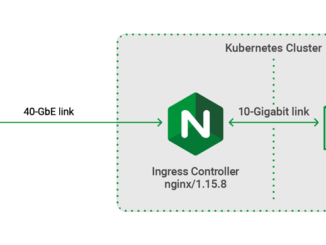
Testing the Performance of the NGINX Ingress Controller for Kubernetes
Testing the Performance of the NGINX Ingress Controller for Kubernetes table.nginx-blog, table.nginx-blog th, table.nginx-blog td { border: 2px solid black; border-collapse: collapse; } table.nginx-blog { width: 100%; } table.nginx-blog th { background-color: #d3d3d3; align: left; padding-left: 5px; padding-right: 5px; padding-bottom: 2px; padding-top: 2px; line-height: 120%; } table.nginx-blog td { padding-left: 5px; padding-right: 5px; padding-bottom: 2px; padding-top: 5px; line-height: 120%; } table.nginx-blog td.center { text-align: center; padding-bottom: 2px; padding-top: 5px; line-height: 120%; } h4 { font-weight:bolder; font-size:110%; } h5 { font-weight:bolder; font-size:110%; } Kubernetes has become the de facto standard for managing containerized applications, with many enterprises adopting it in their production environments. In this blog, we describe the kind of performance you can achieve with the NGINX Ingress Controller for Kubernetes, detailing the results of our performance testing of three metrics: requests per second, SSL/TLS transactions per second, and throughput. [ more… ]

